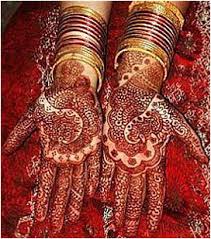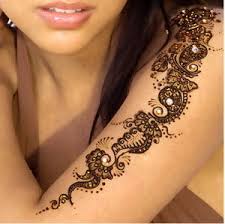Fragrances are classed—and priced—by their alcohol content, with the least expensive being eau de toilettes and eau de colognes containing between 3% and 8% fragrance with the other 92-97% of the content being made up of alcohol, water and color. Eau de parfum contains actual perfume oils of 8-15%. You pay more for perfume because it is stronger at application and lasts longer than eau de toilette. Perfume (or “parfum”) contains somewhere between 15% and 30% of perfume oils and lasts longer than other scent types—typically around six hours. Always try to take a sample of perfume home to try for a week or two and make sure it is the right fragrance and strength for you before buying.
Types of Perfumes and Fragrance Categories
Labels:
Perfume
Perfume has always been a vital part of human culture: people have perfumed their hair and bodies with oils, resins, flower and herb extracts and animal scents since earliest history. Wearing scent is pleasurable; it is an expression of individuality; it attracts mates and makes us nice to be close to. Perfumes are more for the wearer: they make us feel wonderful.







